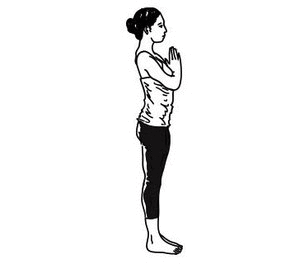A very Natural and healthy breakfast option - you can make your oats with fruits and crunchy nuts full of fiber,protein and low on fat. oats are designed to boost your energy levels and help you lead a healthy lifestyle in exploring the day.

Benefits:

Benefits:
- Quick and Easy to make it hardly takes time to cook .
- Oats provide Important Vitamins and Minerals which are usefull for our body in day to day activities. Some nutrient-rich oatmeal contains thiamine, magnesium,
phosphorus, zinc, manganese, selenium, and iron etc. - It prevents constipation: Oats are a rich source of fiber, both soluble and insoluble, which helps in regulating bowel movements and hence prevents constipation. Including oats in your daily diet can keep the issue of constipation at day.
- Control blood sugar : It helps in controlling your blood sugar level. oats reduces risk of diabetes as it contain contain both soluble and insoluble fiber. Diabetics should consume oats regularly.
- It reduces hypertension: If you suffer from high blood pressure, a daily dose of oats will help prevent this problem and in turn, lower risk of hypertension.
- Oats can help you to control your weight.Oats keeps your stomach full for longer time, thereby helping you to control your weight.







